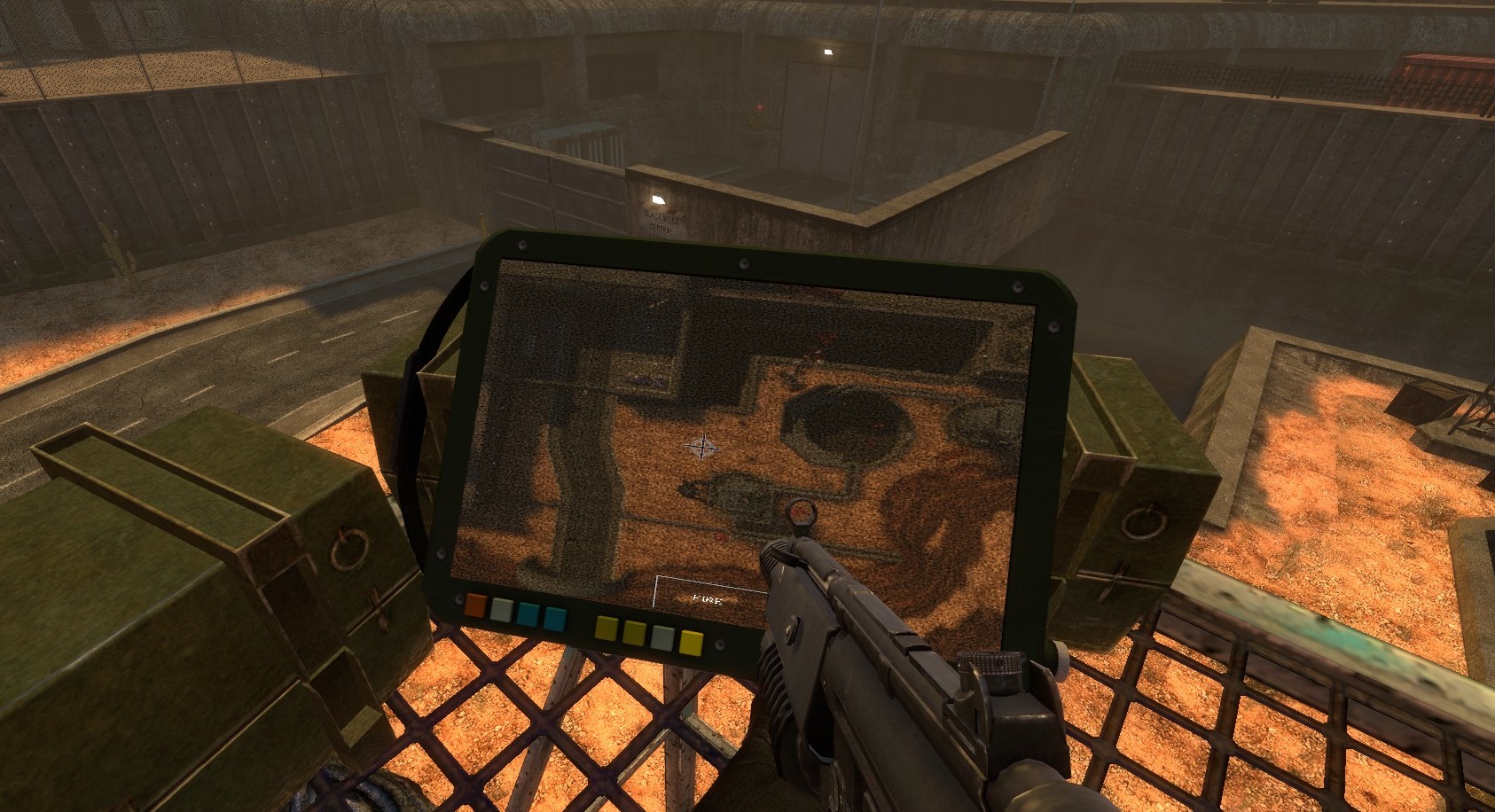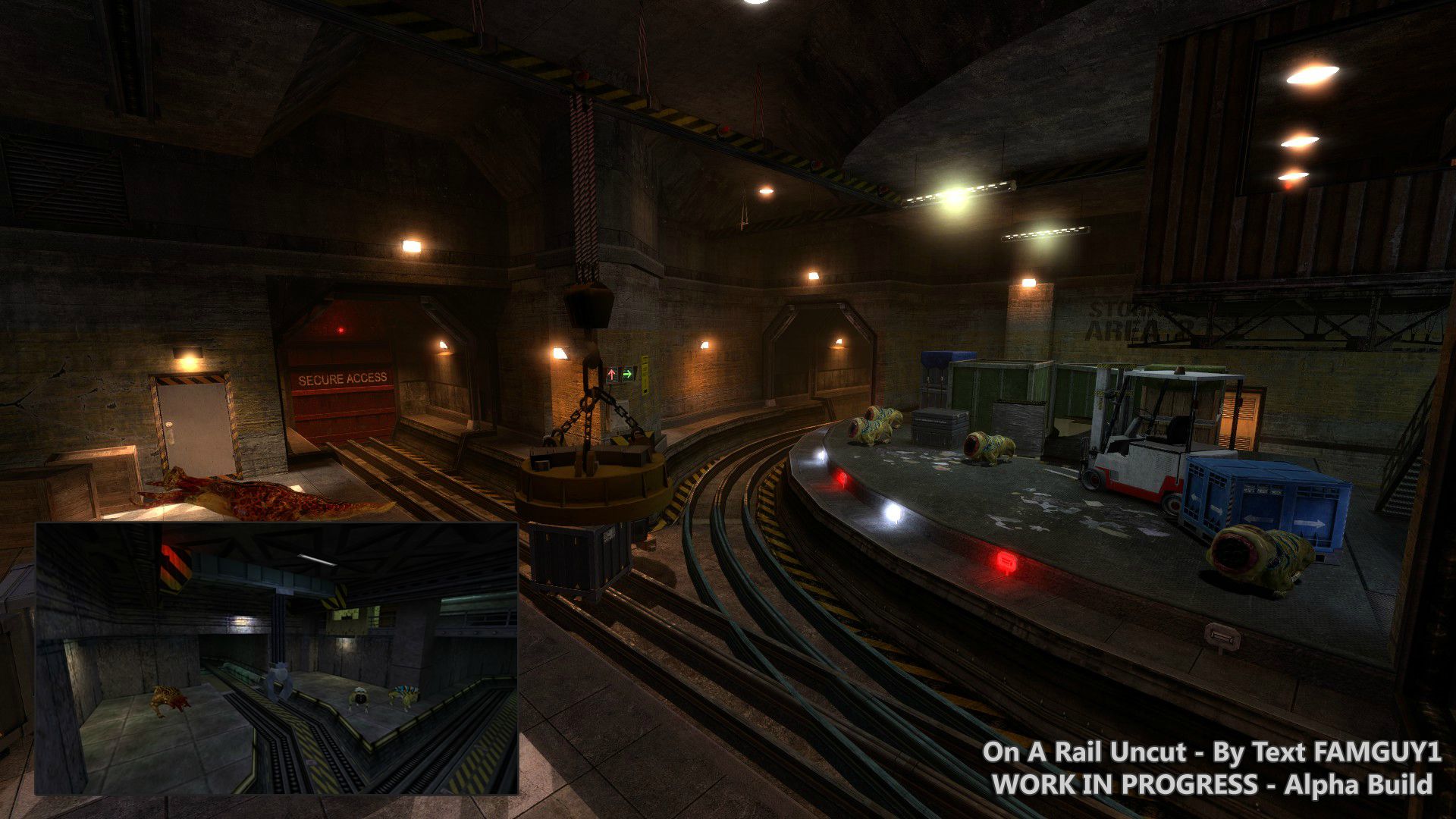

The story takes a back seat to the journey, and the journey is Black Mesa. I remember the claustrophobic, hissing pipes that lead into cavernous metal chambers.

When thinking back on Half-Life, I remember the strange bottomless pits bordered with orange warning paint. Players are forced to engaging with the environment pragmatically, which allows Black Mesa to occupy a significant presence in players’ minds. Half-Life forgoes abstractly telegraphed objective markers. Player hazards are practical, with goals defined by mitigating whichever environmental obstacle is fatal. The former has players platform across tables over electrified water, leap chasms using hanging transport carts, and even shimmy across a crumbling cliff face. The game is split up into two general locations: Black Mesa and the surreal “borderworld” Xen. Half-Life is unique among these 90’s single-player games in that, for much of the game’s campaign, it features a cohesive, grounded design while concurrently experimenting with the 3D space and environmental hazards. Although Half-Life wastes no time putting players in the shoes of its unlikely hero, the spotlight is squarely upon its environment.

The entirety of the Black Mesa facility stands between you and your rally point, and its cavernous underbelly isn’t designed for traversal. Only in the Lambda Core can Freeman and fellow scientists stand a chance against the alien threat. You are Gordan Freeman, a scientist tasked with stopping the resonance cascade that has torn a rift between our dimension and the beyond. Steel drums that bleed green, irradiated flu id. Beams that shake and creak as you struggle for balance.


 0 kommentar(er)
0 kommentar(er)
